5 Top Low Caffeine Coffee Brands: Perk Up Without the Buzz
Primal Edge Health participates in the Amazon Services LLC Associates Program and other affiliate programs and therefore, may collect a share of sales or other compensation from the links on this page. This comes at no additional cost to you, and all the prices and availability are accurate at the time of publishing.
How do you know if you need to switch to low-caffeine coffee? Well, if your daily cup is making you too shaky or anxious in the morning, it might be time to find a better alternative.
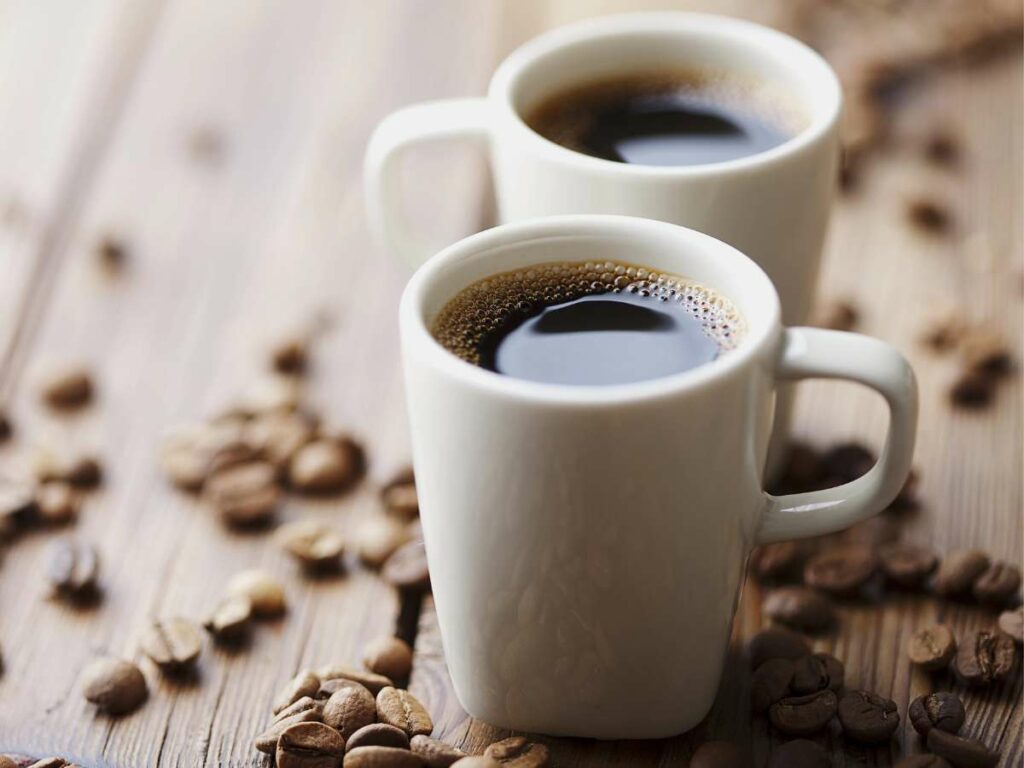
Coffee with moderate to high amounts of caffeine might be doing more harm than good. Sure, coffee can provide that energy spike a lot of us need in the morning, but it shouldn’t come with negative symptoms. What you may need is a better way to raise your energy levels in the morning, and low-caffeine coffee can be a good start.
Table of Contents (click to view)
What is Caffeine?
Caffeine is a stimulant naturally found in certain plants, including coffee beans, tea leaves, cacao pods, and kola nuts (used in sodas). It speeds up the transfer of messages between the brain and the body, making you feel more alert, awake, and energized.
Caffeine in and of itself is not necessarily a bad thing. In fact, it can be a great way to give you a boost of energy in the morning or halfway through your day. However, it’s when we drink too much caffeine that the problems start.
The Food and Drug Administration (FDA) recommends a caffeine limit of 400mg a day. That is around four to five cups of coffee. For reference, an 8-ounce cup of brewed coffee has about 95 mg of caffeine and a single shot of espresso has about 212mg, according to the USDA. However, caffeine levels can vary depending on the brand, amount, blend, and beans used.
It’s always helpful to check the nutrition label to see how much caffeine you’re drinking, whether it’s coffee or another caffeinated drink like tea or soda. Plus, be mindful that other foods might contain caffeine, such as energy bars, ice cream, and chocolate.
What is Low-Caffeine Coffee?
From the name itself, low-caffeine coffee is coffee with lower amounts of caffeine compared to its regular counterparts. However, there are no specific guidelines on how much caffeine low-caffeine coffee can contain.
It helps to look at the type of bean and the coffee roast profile. For example, Robusta beans contain double the amount of caffeine than Arabica. Similarly, dark roast coffee may have a higher caffeine content than light roast coffee if you’re measuring by weight.
Some may define low-caffeine coffee as coffee with half the caffeine, or “half-caff.” Others may opt for coffee that only has a third of the caffeine compared to a regular cup of coffee. Either way, we can refer to low-caffeine coffee as coffee with significantly less caffeine than regular coffee.
Decaffeinated coffee is another story. Decaf coffee goes through the decaffeination process, which removes around 97% of the caffeine. However, decaf still has some caffeine in it, around 2mg per cup.
Decaf is certainly a “low-caffeine coffee,” but it’s up to you if you want to lump it in the same category as coffees with significant amounts of caffeine but still below 95mg per cup. Personally, I think low-caffeine coffee is a separate thing from decaf. If I want the least caffeine possible, I’ll go for decaf, but if I need that morning boost without the jitters, I’ll go for a low-caffeine option.

Best Low-Caffeine Coffee Alternatives
Finding low-caffeine coffee can be daunting with the myriad of choices available. Check out some of my favorite types of coffee to help you narrow down your list:
Chock full o’Nuts Half Caffeine
Chock full o’Nuts is the OG coffee that everyone in my family likes, from the grandparents to the young adults. For me, their best coffee is the Half Caffeine Original Roast—full-bodied and smooth with only half the caffeine content compared to their regular original.
This lighter roast coffee is certified kosher and naturally gluten-free. Plus, I like recycling their old-school cans into plant holders.
Heroic Mushroom Coffee
Here’s a unique take on your regular cup of joe: mushroom coffee. Heroic’s Mushroom Coffee gives you all the energy benefits of regular coffee beans, but it also comes with Lion’s Mane and Reshi, which improves memory, concentration, and stress relief.
It tastes much like regular coffee, only with a distinct “earthy” flavor thanks to its unique roasting process. I like to enjoy it as a plain cold brew, but if you want to offset some of the bitterness, try adding a bit of natural honey or low-carb sweetener and a pinch of salt. This caffeine-free specialty coffee is also my favorite for a decaf version of my ashwagandha coffee recipe.
Community Coffee Café Special Half-Caff
Arabica beans have a higher concentration of caffeine than most roast coffee beans. So, if you want to enjoy Arabica coffee without the unwanted symptoms, Community’s Coffee Café Special Half-Caff is a good choice. It’s smooth, super flavorful, and delicious on its own. It tastes even better as a bulletproof coffee.
For best results, I recommend using a pour-over coffee maker like BODUM or a regular French press for the brewing process. If you don’t want to drip coffee manually, it also works great for automatic coffee drippers.
Four Sigmatic Adaptogen Coffee K-Cups
If you love your Keurig like I do, you’ll love these Four Sigmatic Adaptogen Coffee K-Cups. These have organic medium roast ground coffee that contains half the caffeine. Plus, it comes with ashwagandha and eleuthero adaptogens that can help you manage stress.
Another thing I love about these premium cups is that they’re organic, gluten-free, and keto-friendly. It’s the perfect addition to my keto breakfast recipes.
VitaCup Hydration Instant Coffee Packets
These instant hydration coffee packets hit two birds with one stone. You’ll get the energy boost you need without the coffee jitters, and you also get hydration thanks to electrolytes, Himalayan salt, coconut water, and magnesium.
This “locaf” coffee also comes in convenient packets you can take anywhere on the go, so it’s the best option for traveling. There’s no dripping required, just mix it with cold or hot water and it’s ready to drink.
Energizing Coffee Alternatives
What if you’re trying to wean off coffee altogether? Here are coffee alternatives you can try:
- English breakfast tea
- Chai tea
- Yerba mate
- Mushroom tea
- Lemon water
- Rooibos tea
- Homemade hot chocolate
- Herbal coffee
- Bone broth
- Apple cider vinegar
There are also other non-food options you can try. If you use coffee as a pick-me-up in the middle of the workday, I highly recommend a standing desk so you can reduce your overall caffeine intake. Standing instead of sitting is bound to keep you alert for longer and prevents your muscles from straining.
You can also try red light therapy, a non-invasive procedure primarily used to boost collagen production and rejuvenate the skin. However, red light may also increase mental alertness and help increase your energy throughout the day.
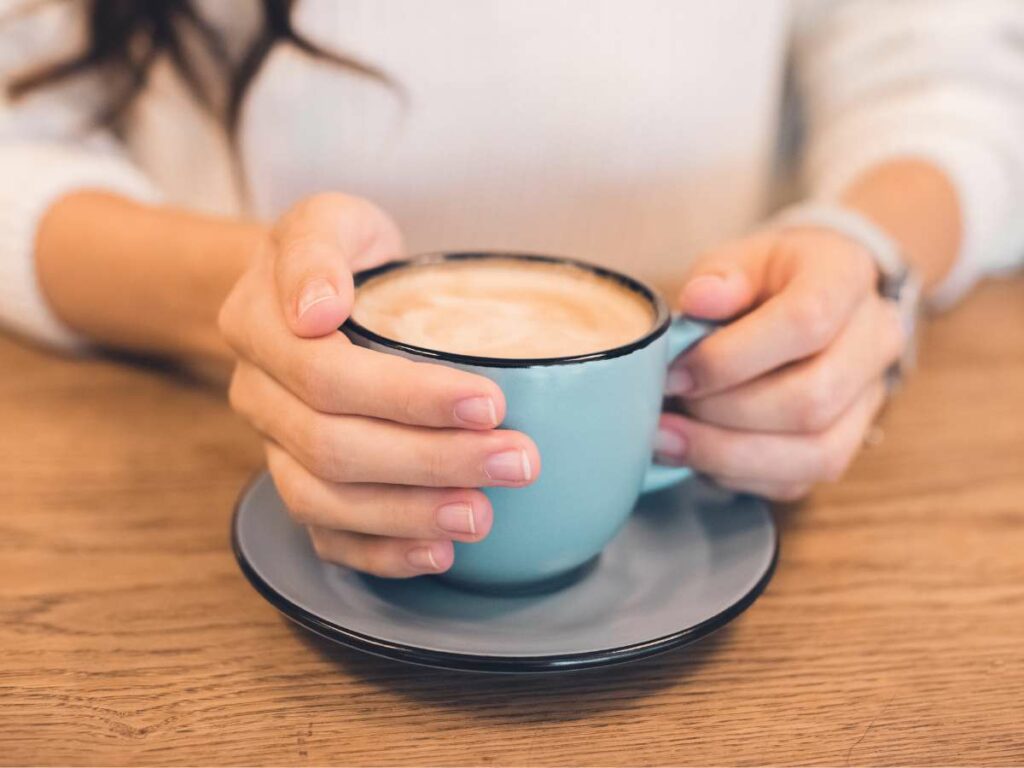
What are the Potential Health Benefits of Low-Caffeine Coffee?
Coffee is a staple for many of us, and it’s something that not everyone can take out of their daily routine. You can, however, switch to low-caffeine coffee for a smoother start to your day. Here are some potential benefits of low-caffeine coffee:
Less Shakiness and Nervous Energy
The tremors you might feel after drinking coffee, also known as the “coffee jitters,” are caused by caffeine. Caffeine stimulates the central nervous system, which may manifest in physical symptoms like shakiness.
Drinking coffee on an empty stomach, especially coffee that is high in caffeine, can make the jitters worse. For some, the shakiness comes with nervous energy or anxiety, which can certainly get in the way of a relaxing morning.
Avoid Anxiety
On the subject of caffeine-induced anxiety, a study on caffeine and anxiety revealed that caffeine is closely associated with higher levels of anxiety in patients with panic disorder. There were similar results in a study on patients with generalized anxiety disorder.
Your doctor may recommend eliminating your limiting your caffeine intake if you have anxiety or panic disorder. If you think you may have a risk of developing anxiety, talk to your doctor about whether caffeine is safe for you.
Improve Your Sleep Cycle
According to Dr. Stephen Devries from the Gaples Institute, caffeine can increase the risk of insomnia, especially in non-regular drinkers. As we’ve said before, caffeine is a stimulant that helps keep you awake. However, this can lead to a disturbance in your natural sleep-wake cycle or circadian rhythm, especially if you’re not used to caffeine.
Dr. Devries recommends against drinking coffee past 2 P.M. as a general rule. If you find yourself having trouble falling asleep, try drinking coffee earlier in the day or limit your caffeine intake altogether.
Reduce the Risk of Caffeine Addiction
Caffeine works in the same mechanism as other addictive substances, such as amphetamines and cocaine, because it stimulates the reward and motivation part of the brain. While caffeine addiction is not necessarily an official medical condition, it can still have harmful physical and mental effects.
For one, avid coffee lovers can get “hooked” on coffee and begin to need a “fix” every day. If they stop intake abruptly, they may experience caffeine withdrawal symptoms like cravings, restlessness, and headaches.
Low-caffeine coffee can help you manage a caffeine addiction or avoid it entirely. It can give you the energy boost you want, but perhaps not to the extent that you depend on it for fuel. Speak to your doctor if you think you have an unhealthy dependence on coffee or other caffeinated beverages.
How Much Low-Caffeine Coffee Should You Drink?
As mentioned before, the FDA recommends keeping your caffeine intake below 400mg daily. However, people have varying levels of metabolism for caffeine. Some people can metabolize caffeine in 3 to 5 hours, but it can take longer or shorter for others.
The rules are also different for pregnant and breastfeeding people, according to Johns Hopkins. The same goes for people with cardiovascular diseases, anxiety disorders, and other conditions that caffeine might affect.
It’s best to talk to your healthcare provider to find out what amount of caffeine is safe for you. From there, you can have a max limit of caffeine, determine the right serving size, and space out your caffeine consumption throughout the day. I also recommend studying the caffeine content in different types of beans so that you know what to order at coffee shops.
If you’re out at Starbucks and can’t pick a coffee, they offer other sugar-free Startbucks drinks you can enjoy instead. Sometimes tea is a nice change of pace.
Final Thoughts
In moderation, caffeine can be a great way to start your morning focused, alert, and energized. While you can moderate your caffeine intake with regular coffee, it’s easier with low-caffeine coffee that is already significantly lower in caffeine content.
Try low-caffeine coffee or even coffee alternatives to keep your mornings mild. Check out more of our pages for more lifestyle hacks, diet tips, and easy recipes!


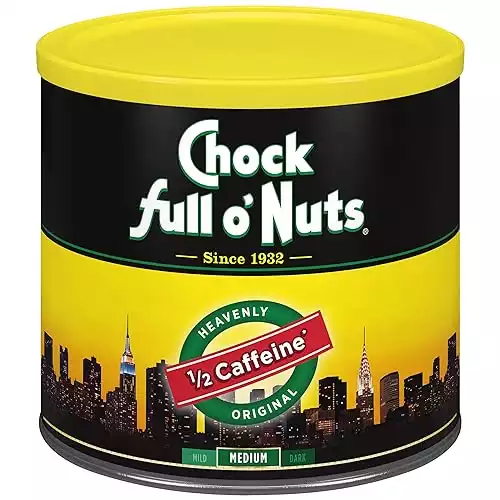
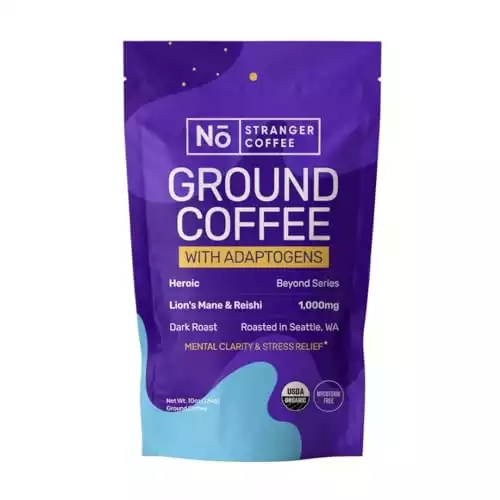
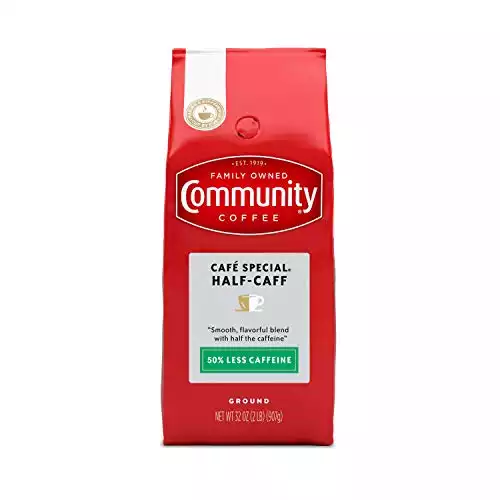
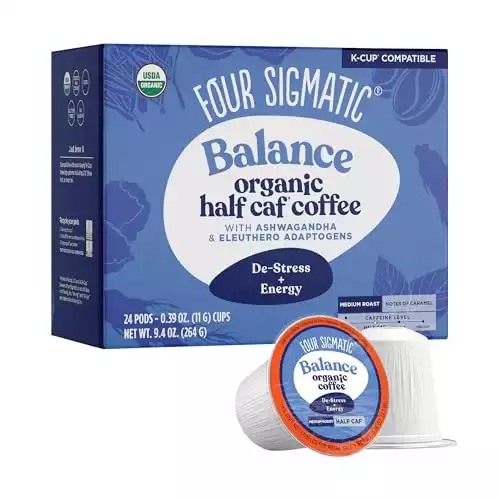
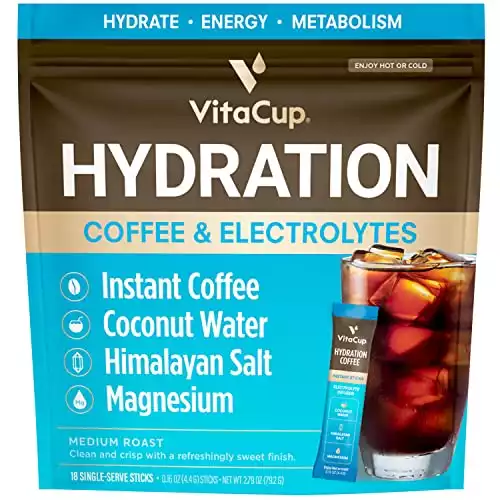
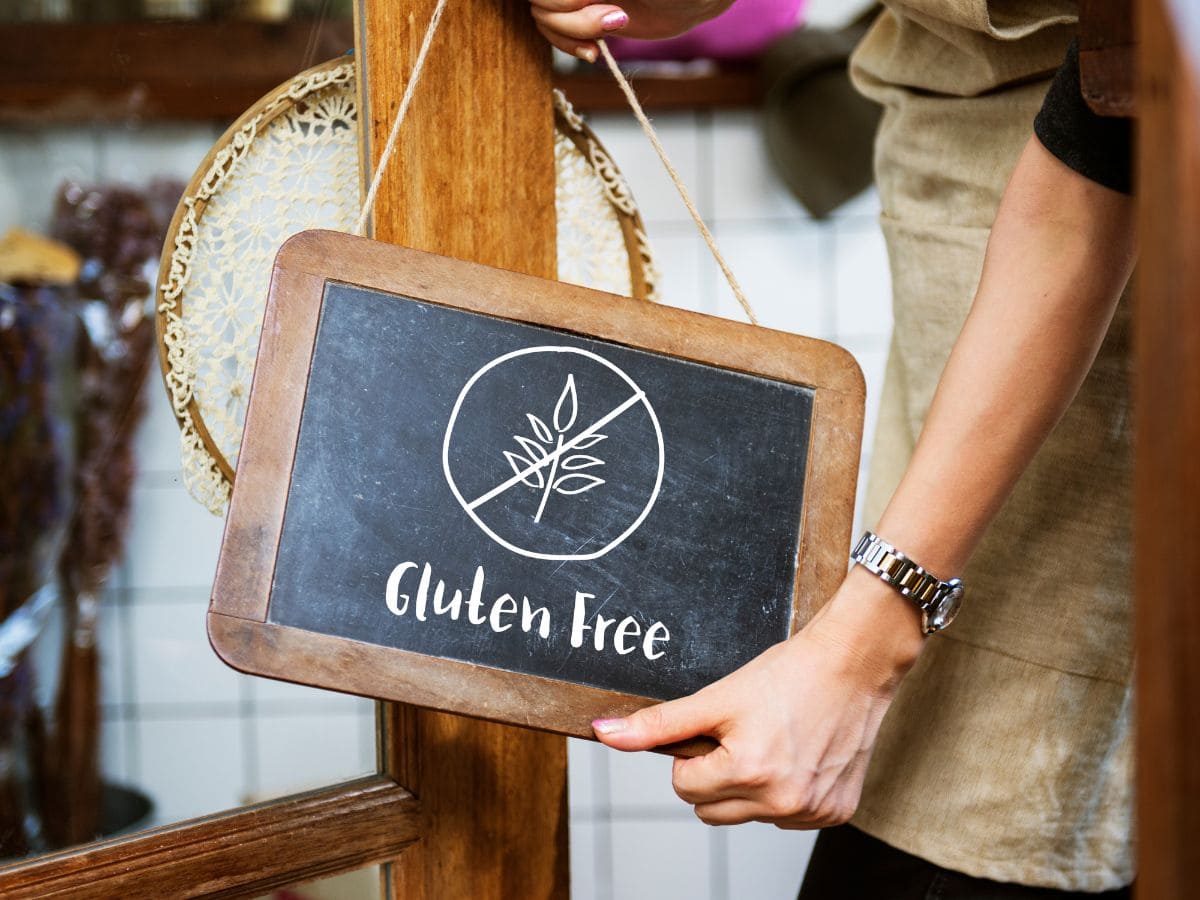
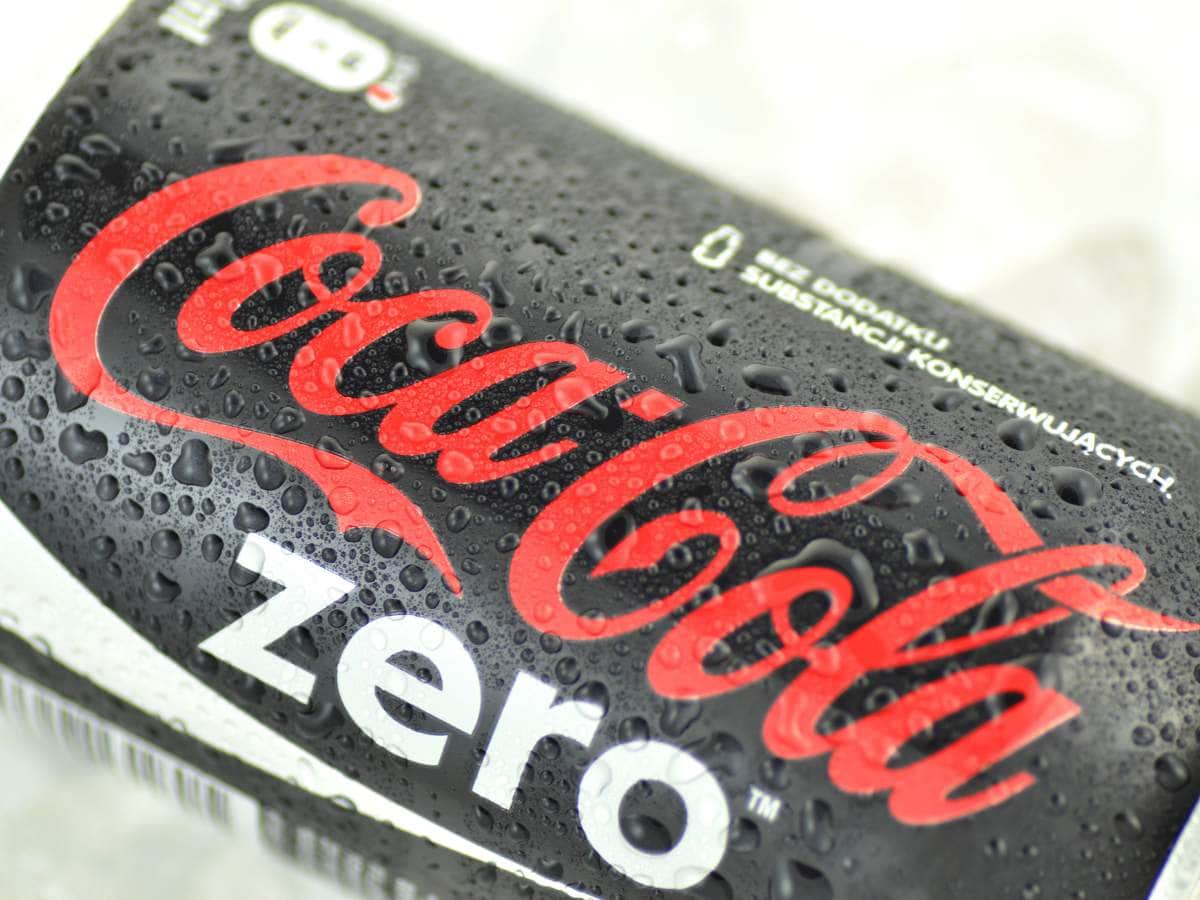
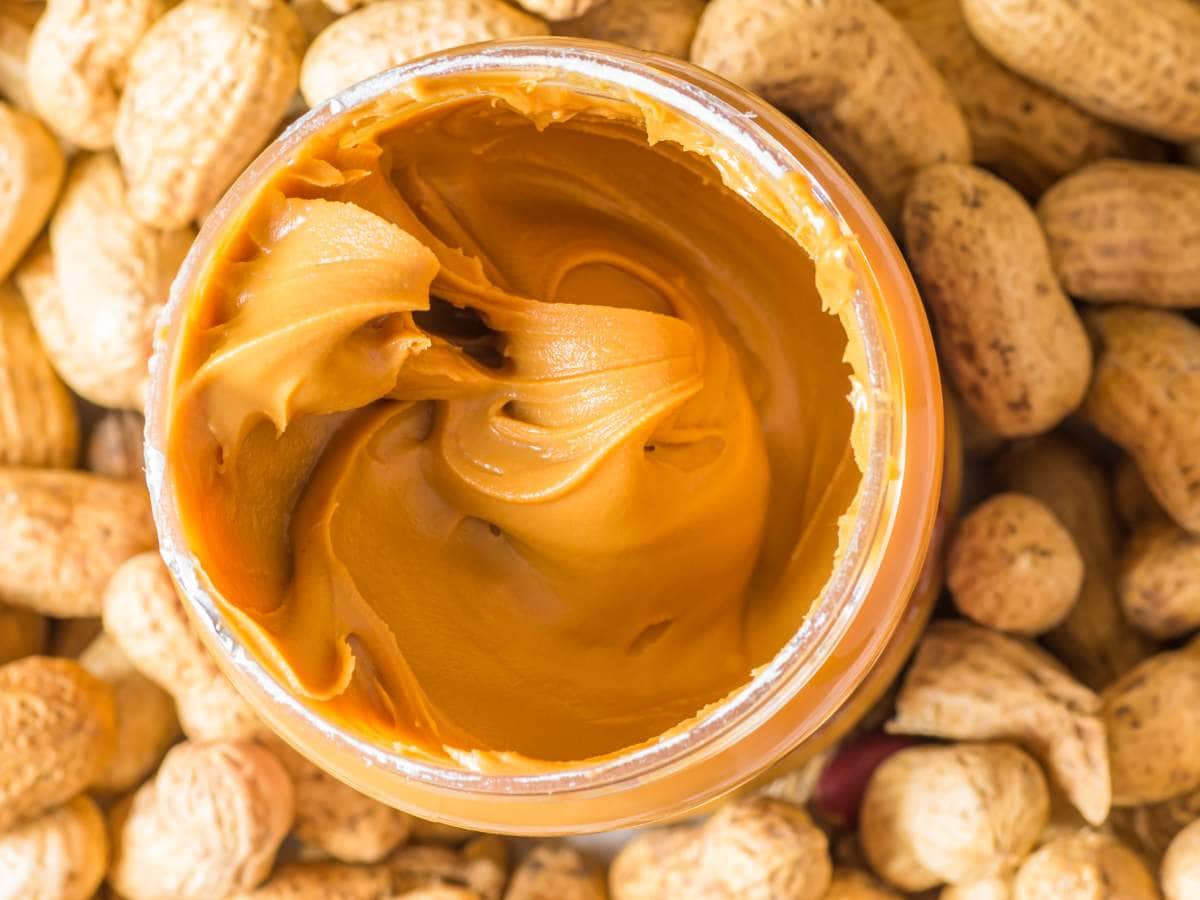
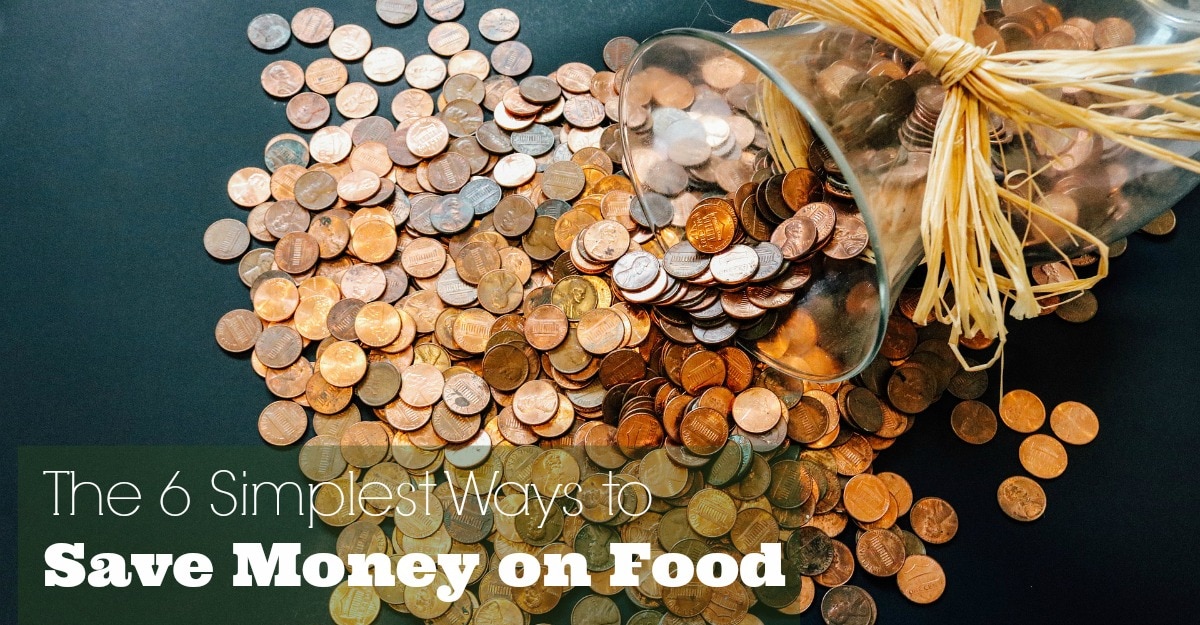
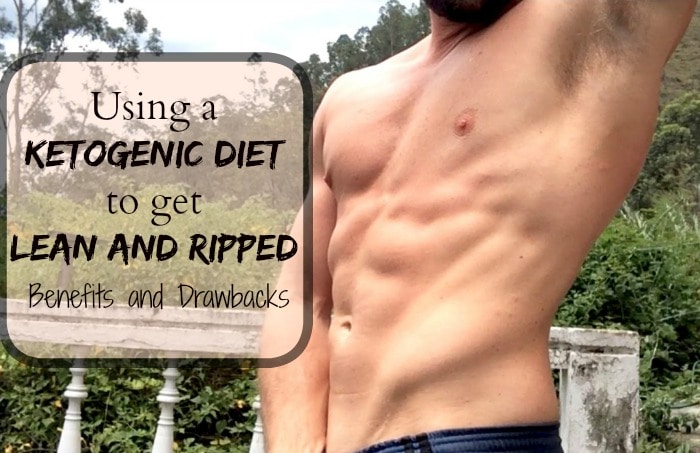
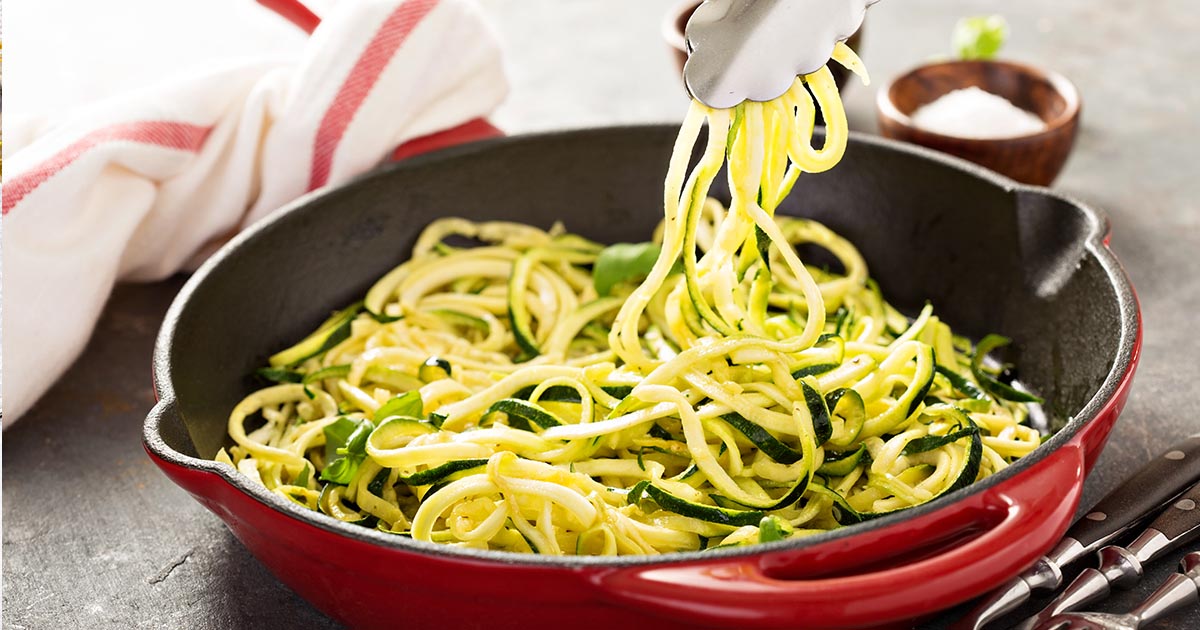
Wow, the timing of this post couldn’t have been any better for me! I started seeing an acupuncturist last month and I don’t know if it’s related or coincidence, but ever since I can’t get through my morning mug of coffee without feeling like I’m having heart palpitations. I LOVE my morning coffee routine and I’m going to try one of these ASAP.
I’m happy to hear you found this post just in time, Natalia. I hope you find the option that will work perfectly for you. Best of luck!